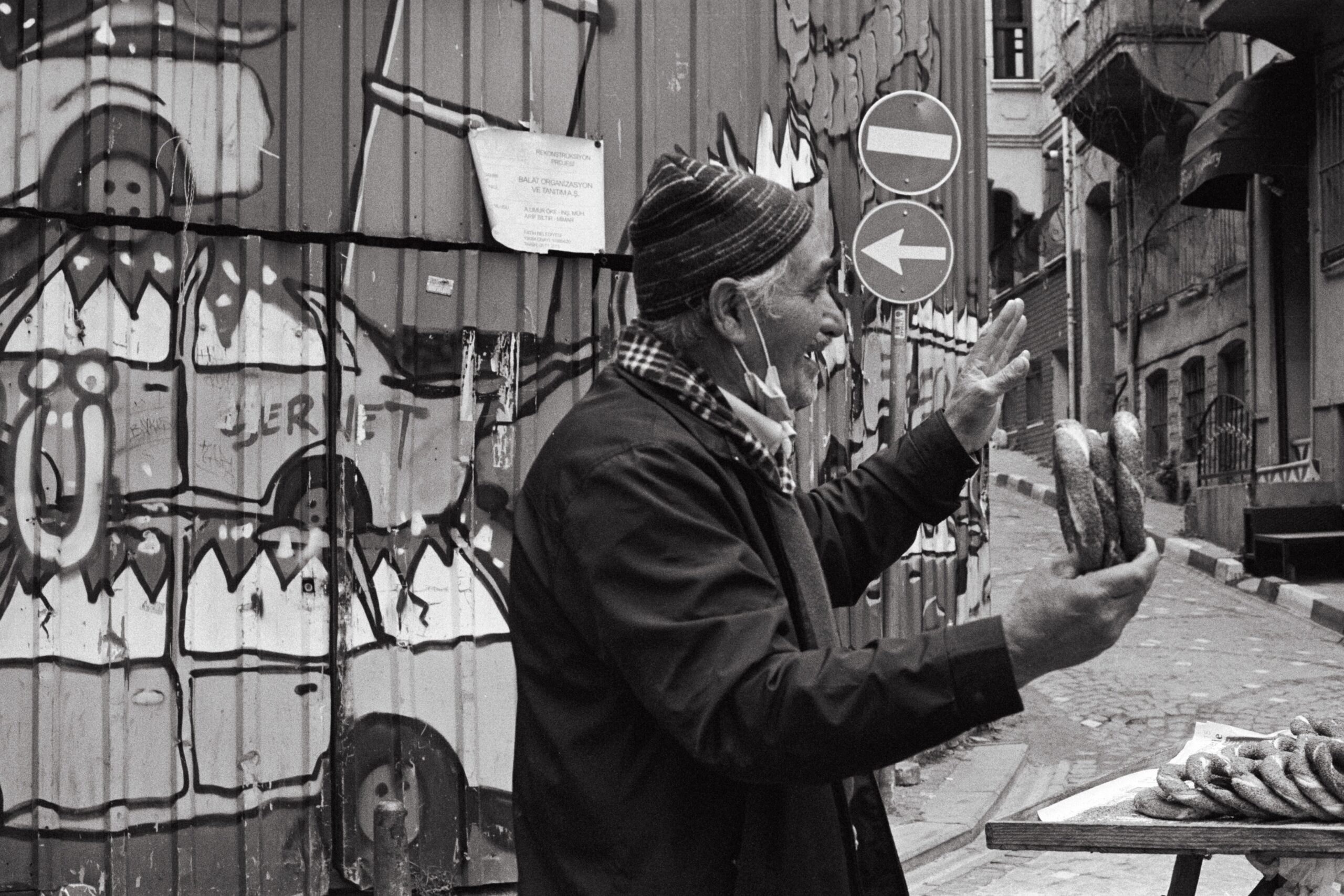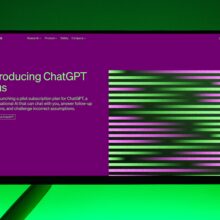How Much Do FB Ads Cost?
Do you ever wonder about the cost of running Facebook ads? In this article, we will explore the various factors that determine the cost of FB ads and provide you with a clear understanding of how much you can expect to spend. From targeting options to ad formats, we will cover it all so that you can make informed decisions when it comes to promoting your business on Facebook. So, let’s dive into the world of Facebook advertising costs and discover just how much it really takes to reach your target audience on this popular social media platform.
Understanding FB Ads
What are FB Ads?
FB Ads, short for Facebook Ads, are a form of advertising offered by the popular social media platform, Facebook. By utilizing the vast user base and robust targeting capabilities of Facebook, businesses and individuals can create highly targeted advertisements to reach specific demographics and promote their products, services, or events.
Why Use FB Ads?
Using FB Ads provides several advantages for businesses and individuals looking to advertise. Firstly, Facebook has over 2.7 billion monthly active users, providing a massive potential audience for your ads. Secondly, the platform offers sophisticated targeting options, allowing you to narrow down your audience based on demographics, interests, location, and behavior. This precision targeting ensures that your ads are seen by the most relevant users who are more likely to engage with your content. Additionally, FB Ads provide valuable insights and analytics, allowing you to track the performance of your campaigns and make data-driven decisions to optimize your ad strategy.
The Different Types of FB Ads
Facebook offers a variety of ad formats to cater to different advertising objectives and preferences. Here are some of the most common types of FB Ads:
-
Image Ads: These are simple, single-image ads that can be used to showcase products or promote specific offers. They are easy to create and can be effective in capturing users’ attention.
-
Video Ads: Video ads allow you to incorporate motion and storytelling into your campaigns. They can be particularly engaging and can help convey your message in a more dynamic way.
-
Carousel Ads: Carousel ads enable you to display multiple images or videos within a single ad unit. This format is great for showcasing multiple products or highlighting different features of a single product.
-
Slideshow Ads: Slideshow ads are a lightweight alternative to video ads, as they consist of a series of images or videos stitched together. They are a cost-effective way to create dynamic ads without the need for professional video production.
-
Collection Ads: Collection ads combine visually appealing images or videos with a product catalog, allowing users to browse and purchase directly within the ad. They are effective for driving conversions and promoting specific products.
Factors That Influence FB Ad Costs
Several factors can influence the cost of running FB Ads. Understanding these factors is crucial for budgeting and optimizing your ad campaigns. Here are some key factors that determine FB ad costs:
-
Ad Placement: The placement of your ads can impact their cost. Facebook offers various placements, including News Feed, Stories, and Right Column. News Feed ads tend to have higher costs due to their prime visibility.
-
Ad Format: Different ad formats have varying costs. Video ads, for example, generally have higher production costs and may require a higher budget compared to image or carousel ads.
-
Target Audience: The size and competitiveness of your target audience can affect the cost of reaching them. Highly specific and niche audiences may have higher costs due to limited inventory.
-
Ad Relevance and Quality: Facebook values ads that are relevant and provide a positive experience for its users. If your ads have low relevance scores, you may experience higher costs as Facebook penalizes ads that perform poorly.
-
Bidding Strategy: The bidding strategy you choose can impact the cost of your ads. Options include cost per click (CPC), cost per mille (CPM), cost per action (CPA), and cost per like (CPL).
-
Time of Year and Seasonality: Ad costs can vary depending on the time of year and seasonal demand for advertising. Peak periods, such as holidays or major events, may result in increased competition and higher costs.
-
Geographic Location: The location you target with your ads can affect their costs. Advertisers targeting regions with higher demand and competition may experience higher costs.
Understanding these factors will help you make informed decisions when planning and optimizing your FB ad campaigns.
Pricing Models for FB Ads
Cost Per Click (CPC)
Cost Per Click (CPC) is a pricing model where advertisers are charged based on the number of clicks their ads receive. With this model, you pay for each click your ad receives, regardless of whether the click resulted in a conversion or not. CPC can be an effective option for driving traffic to your website and increasing brand exposure.
Cost Per Mille/Thousand Impressions (CPM)
Cost Per Mille (CPM) is a pricing model where advertisers are charged based on the number of impressions their ads generate. In this model, you pay for every thousand times your ad is shown, regardless of the number of clicks or conversions it generates. CPM can be a suitable option for campaigns aiming to increase brand awareness and reach a broad audience.
Cost Per Action (CPA)
Cost Per Action (CPA) is a pricing model where advertisers are charged based on specific actions taken by users, such as completing a form, making a purchase, or signing up for a newsletter. With CPA, you only pay when a designated action is completed, making it a performance-driven pricing model.
Cost Per Like (CPL)
Cost Per Like (CPL) is a pricing model specific to Facebook where advertisers are charged based on the number of likes their ads receive. This model is typically used for campaigns focused on increasing social engagement and building a loyal following.
Choosing the most suitable pricing model depends on your advertising objectives and budget. Each model has its own advantages and it’s important to consider your goals before deciding which one to use.

Average Cost of FB Ads
Global Average FB Ad Costs
The average cost of running FB Ads varies globally, with differing prices depending on the region and the specific targeting criteria. According to industry data, the global average cost per click (CPC) of FB Ads across all industries is approximately $1.72.
Average FB Ad Costs by Objective
The cost of FB Ads can also vary depending on the specific campaign objective selected. For example, ads focused on driving website clicks or conversions tend to have a higher average cost compared to ads aimed at increasing page likes or post engagement.
Average FB Ad Costs by Industry
Different industries experience varying ad costs due to factors such as competition, target audience, and market demand. For instance, industries such as finance, insurance, and real estate tend to have higher average FB ad costs, while industries like retail and entertainment have relatively lower costs.
Factors Affecting Average FB Ad Costs
Several factors can influence the average cost of FB Ads. These factors include the level of competition within your target audience, the relevance and quality of your ads, the specific ad format used, and your bidding strategy. Understanding these factors allows you to better estimate and optimize your ad costs.
Determining Factors for FB Ad Costs
Ad Placement
The placement of your ads plays a role in determining their cost. Ads placed in highly visible positions, such as the Facebook News Feed, tend to have higher costs compared to ads placed in less prominent positions like the Right Column. It’s essential to consider the goals of your campaign and the visibility you need when choosing ad placements.
Ad Format
The ad format you choose can also affect the cost of your FB Ads. Video ads, for instance, often require more production resources and may have higher costs compared to simpler image or carousel ads. Consider your budget and the goals of your campaign when selecting the most appropriate ad format.
Target Audience
The size and competitiveness of your target audience can impact your FB ad costs. Highly specific and niche audiences may have higher costs due to limited inventory. Additionally, the demand for certain demographics or interests can influence the cost of reaching them.
Ad Relevance and Quality
Facebook values the relevance and quality of ads to ensure a positive user experience. Ads with low relevance scores may experience higher costs, as Facebook adjusts ad delivery based on performance. It’s important to create ads that are relevant to your target audience to improve ad performance and potentially lower costs.
Bidding Strategy
The bidding strategy you choose can significantly affect the cost of your FB Ads. Options include cost per click (CPC), where you pay for each click on your ads, and cost per thousand impressions (CPM), where you pay for every thousand impressions. Carefully consider your goals, budget, and desired level of control when selecting a bidding strategy.
Time of Year and Seasonality
The time of year and seasonality can impact FB ad costs. For example, during peak periods such as holidays, competition for ad space typically increases, leading to higher costs. Conversely, some periods may experience lower demand and reduced costs. Advertisers should consider the timing and relevance of their campaigns to optimize costs.
Geographic Location
The geographic location you target with your ads can influence their costs. Advertisers targeting regions with higher demand and competition may experience higher costs compared to less competitive areas. It’s important to consider the dynamics of your target market when planning your FB ad campaigns.
Understanding these determining factors for FB ad costs allows you to make informed decisions when setting your budget and optimizing your campaigns.

Strategies to Reduce FB Ad Costs
Optimize Ad Relevance and Quality
To reduce FB ad costs, focus on improving the relevance and quality of your ads. Create targeted ads that resonate with your target audience and provide a positive user experience. Aim for high relevance scores, as this can lead to lower costs and increased ad performance.
Refine Targeting Options
Refining your targeting options can help reduce ad costs by narrowing your audience to those most likely to engage with your ads. Utilize Facebook’s targeting capabilities to reach specific demographics, interests, and behaviors that align with your campaign goals. By excluding irrelevant audiences, you can eliminate wasted ad spend and focus on higher-converting users.
Experiment with Bidding Strategies
Testing different bidding strategies can be an effective way to optimize your ad costs. For example, experimenting with automatic bidding and manual bidding can help you find the most cost-effective strategy for your campaigns. Continuously monitor and adjust your bidding strategy based on performance data.
Utilize Ad Scheduling
Ad scheduling allows you to control when your ads are shown, potentially reducing costs during periods of low demand. By analyzing the performance of your ads at different times of the day or week, you can identify optimal time slots to reach your target audience while minimizing costs.
Track and Analyze Performance
Regularly tracking and analyzing the performance of your FB ad campaigns is crucial for cost optimization. Monitor key metrics such as click-through rates, conversion rates, and cost per action to identify areas of improvement. Use this data to refine your targeting, optimize your ads, and adjust your budget accordingly.
By implementing these strategies, you can effectively reduce FB ad costs while maximizing the return on your advertising investment.
Additional Fees and Costs
Minimum Ad Spend
Facebook has a minimum ad spend requirement, which varies based on factors such as your location, campaign objective, and bidding method. It’s important to consider this minimum ad spend when planning your budget and campaign duration.
Ad Creation Costs
Ad creation costs may vary depending on factors such as the complexity of your ad, the need for professional design or video editing, and any additional creative services required. It’s important to allocate budget for ad creation to ensure high-quality visuals and messaging that effectively resonate with your target audience.
Ad Management Costs
If you choose to outsource your FB ad management, there may be additional costs associated with hiring a professional agency or freelancer to handle your campaigns. Ad management costs can vary depending on the level of service provided and the expertise of the agency or individual.
Advertising Agency Fees
If you work with an advertising agency for your FB ad campaigns, they may charge additional fees on top of ad creation and management costs. These fees can cover services such as strategy development, campaign optimization, and ongoing support. It’s important to understand the fee structure before engaging with an agency.
Additional Features and Add-Ons
Facebook offers additional features and add-ons, such as advanced targeting options, audience insights, and conversion tracking. While some of these features may be included in the base ad platform, others may have additional costs associated with them. Consider the value and benefit of these features when planning your budget.
Hidden Costs to Consider
When budgeting for FB ad campaigns, it’s important to consider potential hidden costs. These may include costs associated with split testing, ad optimization tools or software, return on ad spend (ROAS) analytics, and ongoing education or training to stay updated on Facebook’s advertising platform.
Considering these additional fees and costs ensures that you have a comprehensive understanding of the total investment required for your FB ad campaigns.

Cost Comparison: Facebook vs. Other Advertising Channels
Comparing FB Ad Costs to Google AdWords
FB Ads and Google AdWords are two popular advertising channels, each with its own advantages and costs. While FB Ads offer precise targeting capabilities and a large user base, Google AdWords allows businesses to reach users actively searching for specific keywords. The cost of each platform depends on factors such as competition, targeting options, and ad format. It’s essential to consider your goals and target audience when comparing the costs of these platforms.
Comparing FB Ad Costs to Instagram Ads
Instagram Ads, being owned by Facebook, operates on a similar ad platform and shares many similarities. However, there may be slight cost variations due to the differences in user behavior and ad placements between the two platforms. It’s important to review the costs of running ads on Instagram to determine the most suitable platform for your advertising goals.
Comparing FB Ad Costs to LinkedIn Ads
LinkedIn Ads offer unique targeting options tailored to a professional audience. As such, the costs of running LinkedIn Ads tend to be higher compared to FB Ads. The higher costs can be attributed to the platform’s specialized audience and the limited ad inventory available. Consider the value of reaching a professional audience when comparing the costs between these platforms.
Comparing FB Ad Costs to Twitter Ads
Twitter Ads can be a cost-effective way to reach a broad audience and create engagement. While the costs of Twitter Ads may vary depending on factors such as targeting options, ad format, and competition, they can be competitive compared to FB Ads. Consider the nature of your target audience and the platform’s strengths when evaluating the costs of Twitter Ads.
Effectively comparing the costs of FB Ads to other advertising channels requires analyzing factors such as targeting capabilities, audience behavior, and ad placement to determine the best platform for your specific advertising goals.
Tips for Budgeting and Planning FB Ad Campaigns
Set Clear Campaign Goals
Before allocating a budget for your FB ad campaigns, it’s crucial to define clear campaign goals. Whether you aim to increase brand awareness, drive website traffic, or boost sales, having specific goals will help you allocate your budget more effectively.
Determine Available Budget
Evaluate your available budget and consider both short-term and long-term spending plans. Determine the maximum amount you are willing to invest in FB Ads and allocate it across different campaigns and objectives.
Create a Target Audience Profile
Develop a detailed target audience profile that outlines the demographics, interests, and behaviors of your ideal customers. This profile will guide your targeting options and ensure you reach the most relevant audience.
Test with Smaller Budgets
If you’re unsure about the effectiveness of your targeting options or ad creatives, start with smaller budgets to test and optimize your campaigns. This way, you can gather valuable data and insights before committing larger budgets to your campaigns.
Monitor Performance and Adjust
Regularly monitor the performance of your FB ad campaigns and make necessary adjustments. Analyze key metrics such as click-through rates, conversion rates, and return on ad spend (ROAS) to optimize your campaigns and ensure your budget is being allocated effectively.
Consider Long-Term Strategy
While short-term campaign goals are important, also consider the long-term strategy of your FB ad campaigns. Building a loyal customer base takes time and continuous investment. Plan for ongoing campaigns to maintain visibility and engagement with your target audience.
By following these budgeting and planning tips, you can effectively allocate your budget, optimize your campaigns, and maximize the results of your FB ad campaigns.
Conclusion
Understanding the costs of FB Ads is essential for businesses and individuals looking to maximize the value of their advertising budget. By considering factors such as ad format, target audience, bidding strategy, and ad relevance, you can optimize your campaigns and achieve your advertising goals within your budget. Monitoring performance, refining targeting options, and experimenting with bidding strategies are key to reducing costs and improving the return on your investment. With proper planning, budgeting, and a long-term strategy, FB Ads can be a cost-effective and powerful tool for reaching and engaging with your target audience on the world’s largest social media platform.



